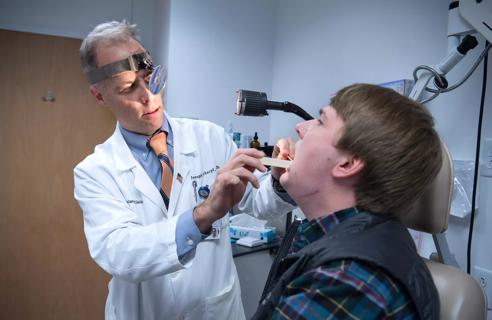Advertisement

Despite advancements in the specialty, patient-centered care needs to remain a priority

Treatment insights from the ninth recorded EMPD case in 50 years

New innovations in upper airway care and insights into the Pediatric Voice Center

Novel approach begins reinnervation before tumor resection, preserving a young woman’s smile
Advertisement
Cleveland Clinic is a non-profit academic medical center. Advertising on our site helps support our mission. We do not endorse non-Cleveland Clinic products or services. Policy

A deep dive into the evolution of surgical sleep therapy

New system brings much-needed clarity and guidance for moderate to advanced-stage disease classifications

Prompt, multidisciplinary care helps navigate the complexities of a rare condition

Study shows comparable success rates to tongue base dependent epiglottic collapse

How innovations and advancements in skull base surgery are improving outcomes

A commitment to sharing expertise has fostered a global exchange of ideas
Advertisement
Advertisement